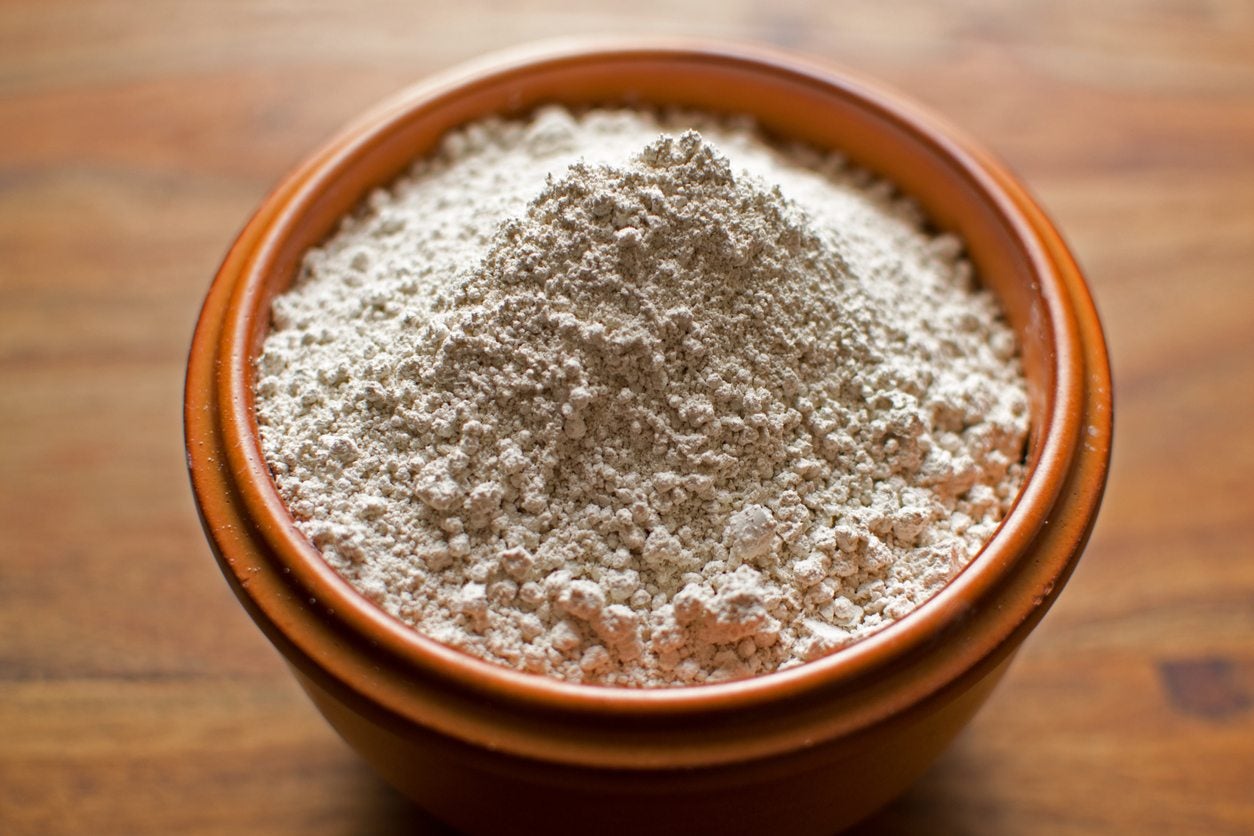Uses For Diatomaceous Earth - Diatomaceous Earth For Insect Control


Have you ever heard of diatomaceous earth, also known as DE? Well, if not, prepare to be amazed! The uses for diatomaceous earth in the garden are great. Diatomaceous earth is a truly amazing all-natural product that can help you grow a beautiful and healthy garden.
What is Diatomaceous Earth?
Diatomaceous earth is made from fossilized water plants and is a naturally occurring siliceous sedimentary mineral compound from the remains of algae-like plants called diatoms. The plants have been part of Earth's ecology system dating back to prehistoric times. The chalky deposits the diatoms left are called diatomite. The diatoms are mined and ground up to make a powder that has a look and feel much like talcum powder.
Diatomaceous earth is a mineral-based pesticide, and its composition is approximately 3 percent magnesium, 5 percent sodium, 2 percent iron, 19 percent calcium, and 33 percent silicon, along with several other trace minerals. When using diatomaceous earth for the garden, it is extremely important to purchase only the “Food Grade” diatomaceous earth and NOT the diatomaceous earth that is and has been used for swimming pool filters for years.
The diatomaceous earth used in swimming pool filters goes through a different process that changes its makeup to include a higher content of free silica. Even when applying the food grade diatomaceous earth, it is of the utmost importance to wear a dust mask so as not to inhale too much of the diatomaceous earth dust, as the dust can irritate the mucous membranes in your nose and mouth. Once the dust settles, though, it will not pose a problem to you or your pets.
What is Diatomaceous Earth Used for in the Garden?
The uses for diatomaceous earth are many but, in the garden, diatomaceous earth can be used as an insecticide. Diatomaceous earth works to get rid of insects such as:
To these insects, diatomaceous earth is a lethal dust with microscopic sharp edges that cut through their protective covering and dries them out. One of the benefits of diatomaceous earth for insect control is that the insects have no way to build up a resistance to it, which can't be said for many chemical control insecticides. Diatomaceous earth will not harm the worms or any of the beneficial microorganisms in the soil.
How to Apply Diatomaceous Earth
Most places where you can purchase diatomaceous earth will have complete directions on the proper application of the product.
Sign up for the Gardening Know How newsletter today and receive a free copy of our e-book "How to Grow Delicious Tomatoes".
As with any pesticide, be sure to read the label thoroughly and follow the directions thereon! The directions will include how to properly apply the diatomaceous earth (DE) both in the garden and indoors for the control of many insects as well as forming a barrier of sorts against them.
In the garden diatomaceous earth may be applied as dust with a dust applicator approved for such use; again, it is of the utmost importance to wear a dust mask during application of the diatomaceous earth in this manner and leave the mask on until you have left the dusting area. Keep pets and children clear of the dusting area until the dust has settled.
When using as a dust application, you will want to cover both the top and underside of all foliage with the dust. If it rains right after the dust application, it will need to be reapplied. A great time to do the dust application is right after a light rain or in the very early morning when the dew is upon the foliage as it helps the dust to stick well to the foliage.
In my opinion, it is better to apply the product in a wettable form to avoid the airborne dust particles problem. Even then, wearing a dust mask is a garden-smart action to take. For doing the spray application of diatomaceous earth, the mix ratio is usually 1 cup of diatomaceous earth per ½ gallon (236.5 ml. per 2 L.) or 2 cups per gallon (473 ml. per 4 L.) of water.
Keep the mix tank agitated or stir it often to keep the diatomaceous earth powder well mixed with the water. This mix may also be applied as a paint of sorts to trees and some shrubs. This is truly an amazing product of nature for use in our gardens and around our homes.
Don't forget that it is the “Food Grade” of diatomaceous earth that we want for our gardens and home use.

Stan V. Griep contributed to Gardening Know How for many years and has been a Colorado Native Rosarian for over four decades. He is an American Rose Society Certified Consulting Master Rosarian in the Rocky Mountain District, and a member of the Denver Rose Society, the Loveland Rose Society, and the American Rose Society. He is Gardening Know How's in-house expert on all things roses.